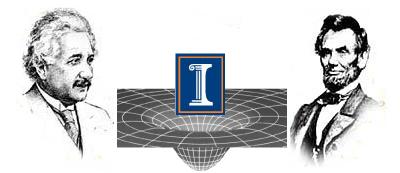Jet Launching from Binary Neutron Star Mergers: Incorporating Neutrino Transport and Magnetic Fields

- Lunan Sun
- Milton Ruiz
- Stuart L. Shapiro
- Antonios Tsokaros
Abstract
We perform general relativistic, magnetohydrodynamic GRMHD simulations of merging binary neutron stars incorporating neutrino transport and magnetic fields. Our new radiative transport module for neutrinos adopts a general relativistic, truncated-moment (M1) formalism. The binaries consist of two identical, irrotational stars modeled by the SLy nuclear equation of state (EOS). They are initially in quasicircular orbit and threaded with a poloidal magnetic field that extends from the stellar interior into the exterior, as in typical pulsars. We insert neutrino processes shortly after the merger and focus on the role of neutrinos in launching a jet following the "delayed" collapse of the hypermassive neutron star (HMNS) remnant to a spinning black hole (BH). We treat two microphysical versions: one evolving a single neutrino species and considering only charged-current processes, and the other evolving three species and related processes. We trace the evolution until the system reaches a quasiequilibrium state after BH formation. We find that the BH + disk remnant eventually launches an incipient jet. The electromagnetic Poynting luminosity is $\sim 10^{53} \text{erg s}^{-1}$, consistent with that of typical short gamma-ray bursts (sGRBs). The effect of neutrino cooling shortens the lifetime of the HMNS, and lowers the amplitude of the major peak of the gravitational wave (GW) power spectrum somewhat. After BH formation, neutrinos help clear out the matter near the BH poles, resulting in lower baryon-loaded surrounding debris. The neutrino luminosity resides in the range $\sim 10^{52-53} \text{erg s}^{-1}$ once quasiequilibrium is achieved. Comparing with the neutrino-free models, we observe that the inclusion of neutrinos yields similar ejecta masses and is inefficient in carrying off additional angular momentum.
arXiv:2202.12901